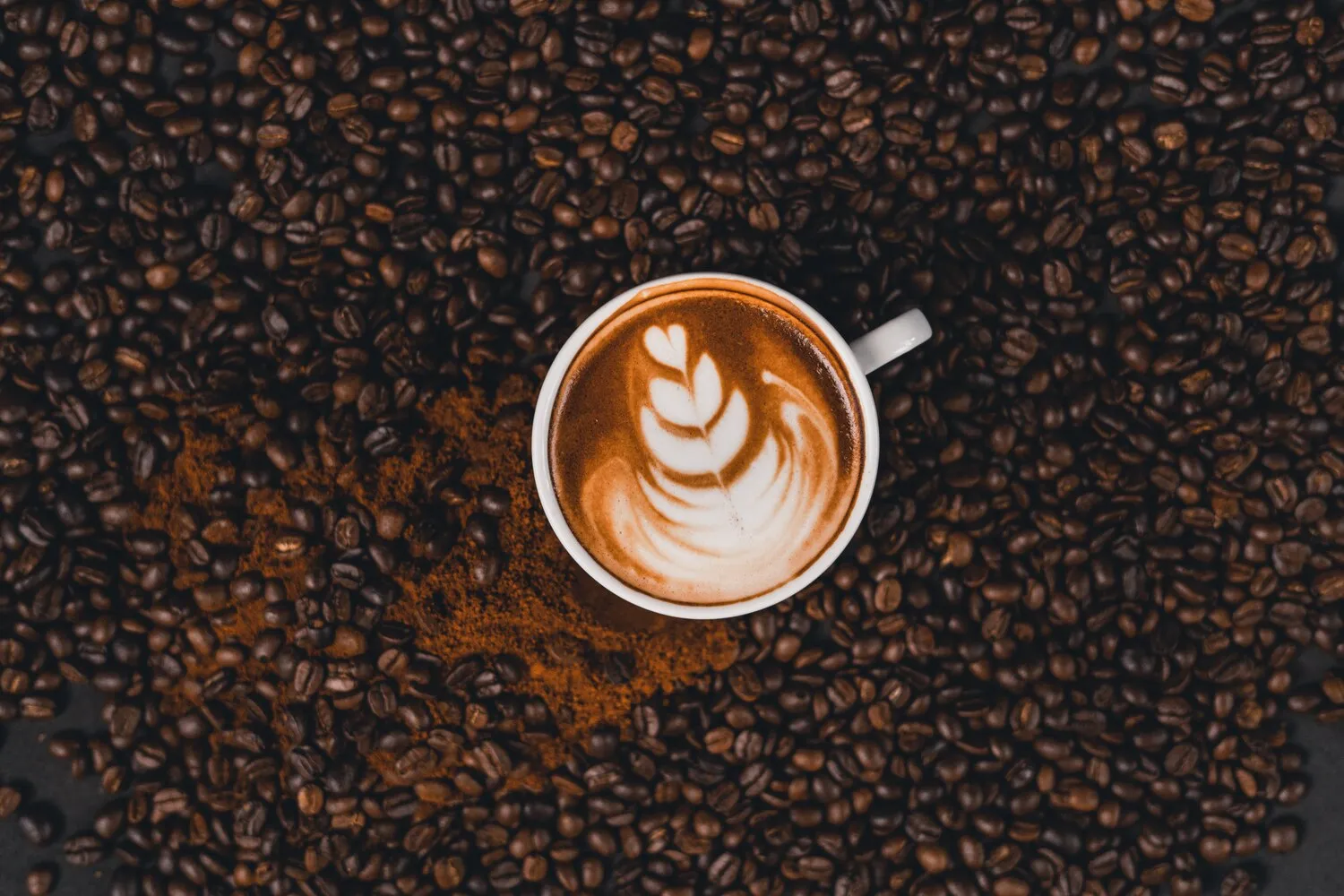
Beer
A variety of beers are typically available. Many brazilian food park usually offer artisan beers
Nutrition Facts
* The % Daily Value (DV) tells you how much a nutrient in a serving of food contributes to a daily diet. 2,000 calories a day is used for general nutrition advice.
Beer has a long and rich history dating back thousands of years. Archaeological evidence suggests beer brewing originated in ancient Mesopotamia and Egypt. It spread through Europe, with significant contributions from monastic brewing traditions in the Middle Ages. The Industrial Revolution brought advancements in brewing technology, leading to more consistent and mass-produced beers. Different regions developed distinct styles, influenced by local ingredients and brewing techniques.
Beer is deeply intertwined with culture around the world, often playing a central role in social gatherings, celebrations, and traditions.
Social Gatherings
Beer is often consumed in social settings, such as bars, pubs, and restaurants. It's a common beverage to share with friends and family during celebrations and casual get-togethers.
Festivals and Events
Many cultures have beer festivals and events dedicated to celebrating beer and brewing traditions. These events often feature a wide variety of beers from different breweries, along with food, music, and other entertainment.
Brewing Traditions
Different regions have developed distinct brewing traditions and styles of beer. These traditions often reflect local ingredients, brewing techniques, and cultural preferences.
Brazilian Artisan Beer Scene
Brazil's artisan beer scene is thriving, with food parks and specialized bars often showcasing local craft breweries. These beers frequently incorporate Brazilian fruits and ingredients for unique flavors.
The flavors of beer are incredibly diverse, ranging from light and crisp to rich and complex. They depend heavily on the type of grain used (barley, wheat, rye, etc.), the hops variety, the yeast strain, and any adjuncts added during brewing.
The flavor profile can include maltiness (bready, caramel, toffee, chocolate), hop bitterness and aroma (floral, citrusy, piney, earthy), fruity esters produced by yeast (banana, clove, apple), spicy notes from fermentation, and even sour or funky flavors in certain styles. Common ingredients like barley provide maltose, leading to sweetness and mouthfeel. Hops contribute bitterness to balance the sweetness and provide aromatic compounds like alpha-acids which create a pungent hop flavor. Yeast converts sugars into alcohol and carbon dioxide, also generating flavor-active compounds. Water composition also plays a role. Some beers have adjuncts like corn, rice, or spices.
Pairing with Food
Consider the flavors of the beer and the food. Lighter beers pair well with lighter fare, while bolder beers can stand up to richer dishes. IPA's work well with spicy dishes due to their bitterness.
Serving Temperature
Serving temperature significantly impacts the flavor. Pale lagers and pilsners are best served cold, while ales can be served slightly warmer to allow their flavors to develop.
Glassware
The type of glass can also affect the drinking experience. Different glass shapes enhance aroma, head retention, and overall presentation. Pilsner glasses highlight the effervescence, while tulip glasses capture the aroma of stronger beers.
Exploring Brazilian Craft Beers
When visiting a Brazilian food park, be sure to sample the local artisan beers. Many breweries use indigenous fruits and ingredients, resulting in unique and flavorful brews. Don't hesitate to ask for recommendations.
Explore additional Drinks dishes and restaurants
Explore DrinksDiscover top dining spots and culinary experiences in Penha.
Explore PenhaLearn more about the food culture, restaurant scene, and culinary heritage of Brazil.
Explore Brazil